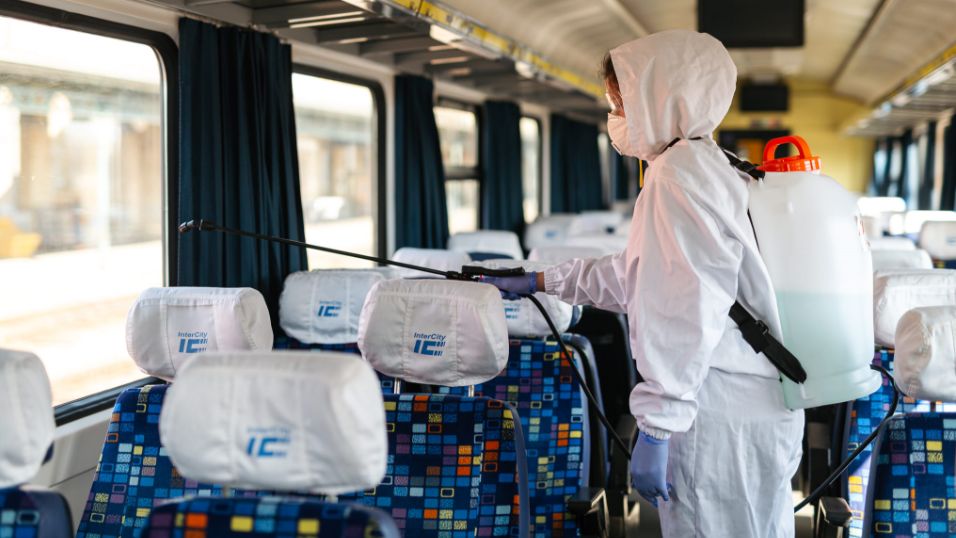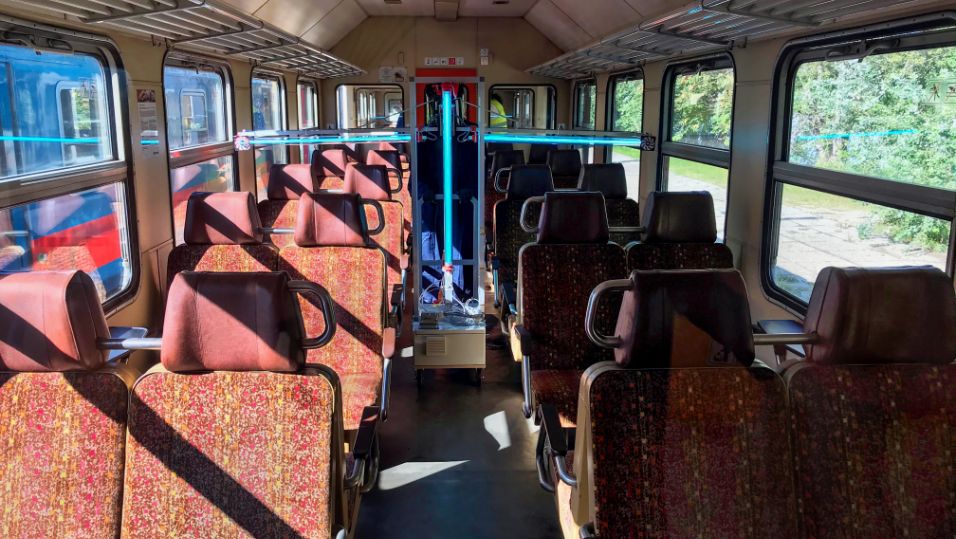We started developing our autonomous industrial cleaning robot in 2017, with the first batch deployed in 2019. ROBIN is best suited for efficiently cleaning large contiguous areas (at least 300 square metres), such as airport terminals and hospital corridors. It can cover approximately 1500 square metres in one shift. It independently plans the cleaning path based on a pre-prepared cleaning site map.
Its unique control system helps it avoid unexpected obstacles, notes and returns to missed areas, and automatically records the work done. The first batch was deployed at priority facilities cleaned by the company, including the Róbert Károly körút and Podmainczky utca complexes of the Homeland Defence Hospitals, Groupama Arena, Agora Office and Budapest Airport.

